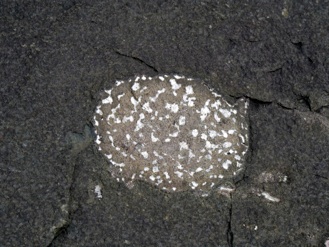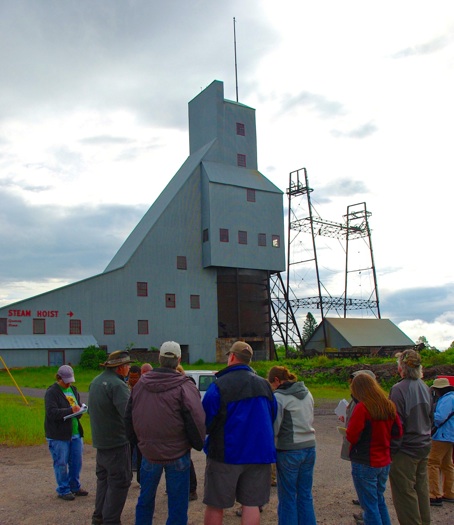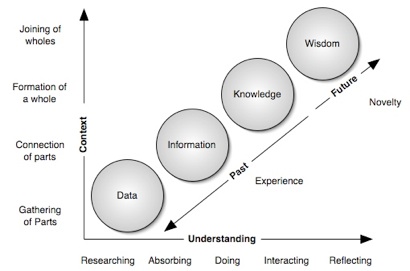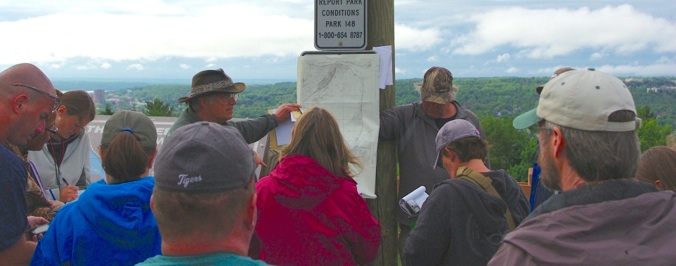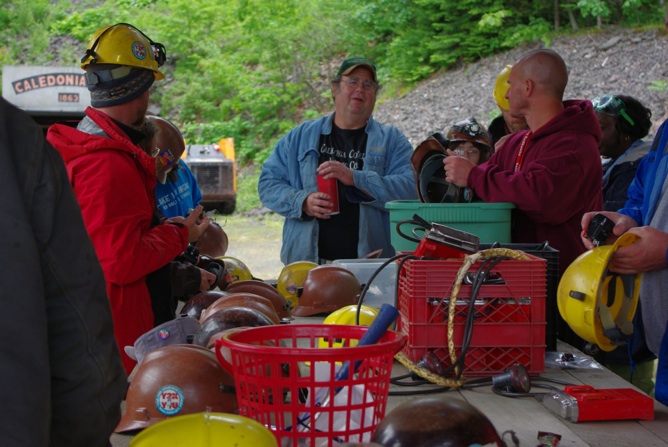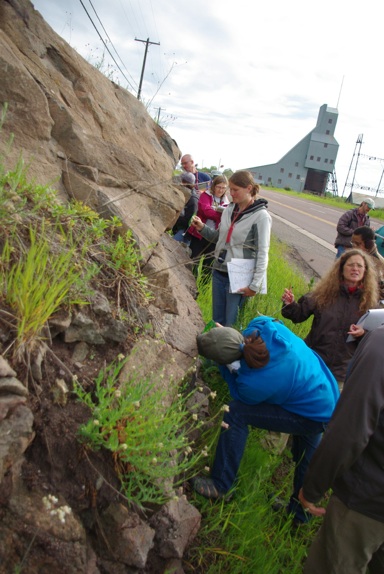Jan Woerner articulated a special compelling need for teacher participation in geoheritage:
“Everyone needs to know about the Earth because they live on it, walk on it, and are surrounded by every aspect of it. In his book Last Child in the Woods, author Richard Louv coined the term “nature-deficit disorder” to describe the disconnect between young people and the outdoors. Louv said that spending time in nature can help all people cope with stress and be healthier overall, and that outdoor activity even helps alleviate symptoms of attention deficit and hyperactivity in children.
It’s clear, then, that we need to get kids outside, not just playing, but learning as well! Outdoor field trips offer excitement, adventure, and multimodal experiences for learning about our world and how it works. They are an effective tool to enhance academic learning and are the best technique with which to study real world events and processes.
To geologists, meteorologists, oceanographers, soil scientists, astronomers (and all other Earth scientists), the “field” is where the action is! Field studies are the primary means of obtaining scientific knowledge about the great ideas (concepts) of Earth Science. The feel of the sun on your face or the rain on your back, the rough and smooth textures of the rocks and soil, the color of the sky at sunset, the fragrances of the plants, the sounds of unseen animals are environmental influences that help to define a place. A sense of place emerges from actually being there and immersing all of your senses. The place offers the context and theme for meaningful teaching and learning – and a hook for remembering.
EarthCaching helps develop 21st Century skills such as collaboration self evaluation, and team building, as well as content knowledge about latitude and longitude, local geology and geography, and many other Earth Science concepts. Encourage your students to learn about the region immediately surrounding your school: local history, water sources, parks and recreation areas, and opportunities to clean up or help in the community. It’s a way to experience caching that teaches you about the world you live in and how that relates to your classroom learning.”


